These days, when buying a smartphone, more and more people prioritize the camera. In an age where social media has become the primary platform for daily storytelling, a phone with strong imaging capabilities can not only replace a camera as a portable recorder but also help us capture fleeting inspirations and emotions.
Recently, I had the chance to try out three of the most talked-about flagship camera phones:
• Apple iPhone 15 Pro Max
• Google Pixel 8 Pro
• Xiaomi 14 Ultra
Each of these phones represents a different imaging philosophy, as well as three distinct system ecosystems: iOS, stock Android, and customized Android. I conducted extensive, real-world camera tests across a range of scenarios, focusing on key aspects such as color accuracy, low-light performance, zoom capabilities, portrait mode, and video recording.
1. Everyday Shooting: The First Glance When You Open the Camera
Let’s start with how fast the camera launches and how responsive it feels.
• iPhone 15 Pro Max: Extremely fast camera launch—it’s the definition of “point-and-shoot.” The shutter response is also very quick. The native camera app is smooth and stable, and smart HDR kicks in automatically to handle high-contrast scenes with accuracy.
• Pixel 8 Pro: Equally fast, with a clean and responsive Google-optimized camera app. Its auto HDR algorithm is aggressive, often giving photos a cinematic feel right out of the box.
• Xiaomi 14 Ultra: A bit slower due to MIUI’s feature-rich camera module, but it offers Leica Classic and Leica Vibrant modes, allowing users to customize color styles to their liking. It’s the most versatile in terms of shooting options.
Among the three, the iPhone is the fastest, the Pixel the smartest, and the Xiaomi the most customizable. All three are reliable tools for quick snapshots.
2. Color Reproduction: Which One Looks the Best to the Eye?
Under the same lighting conditions, I took photos of urban streets, forests, portrait scenes in parks, and indoor museum shots to compare each phone’s approach to color.
• iPhone 15 Pro Max: Delivers the most realistic colors with a neutral tone. Apple’s philosophy is minimal processing, especially noticeable in food and nature shots. Blues stay blue, greens stay green—what you see is what you get.
• Pixel 8 Pro: Has a cinematic style. It handles high-contrast scenes with finesse, recovering both highlights and shadows well. There’s a slight warm bias, perfect for moody twilight shots or backlit silhouettes. It might not look the most “accurate,” but it’s incredibly pleasing to the eye.
• Xiaomi 14 Ultra: The Leica Vibrant mode significantly boosts saturation—greens are greener, reds are redder, but not overly so. Leica Classic mode, on the other hand, provides a low-contrast, low-saturation film-like aesthetic. Extremely characterful and unique.
Personally, I prefer Pixel for atmospheric landscapes, Xiaomi for food and portraits, and iPhone when I want my photos to reflect real-life scenes as closely as possible.
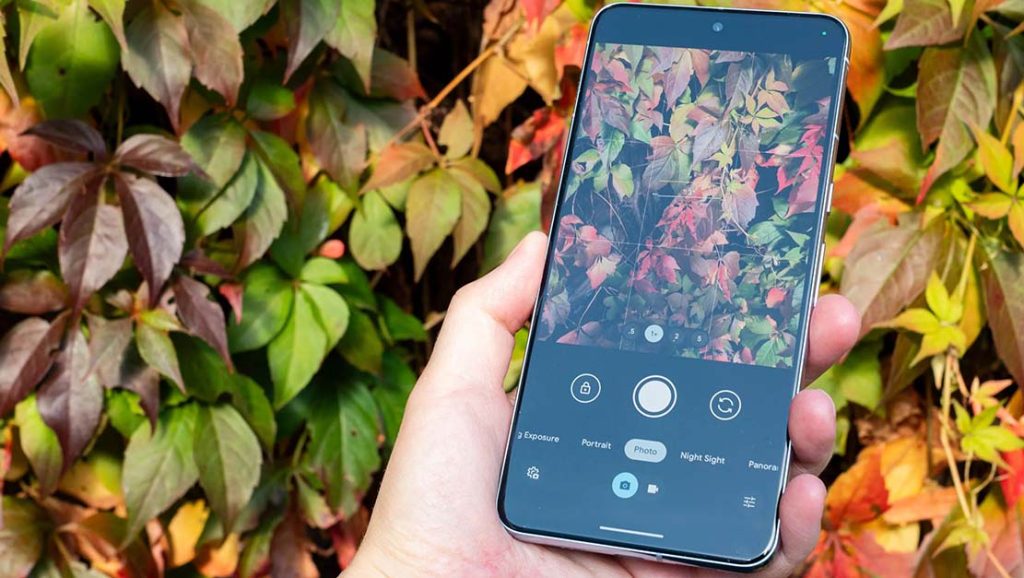
3. Night and Low-Light Photography: Seeing Clearly, Shooting Better
With night mode turned on, I tested all three phones in various low-light environments including cityscapes, festive light displays, and dimly-lit portraits.
• iPhone 15 Pro Max: Fast image capture with good tolerance for hand shake. It’s conservative in boosting brightness, which helps with noise control but can lose shadow detail. Colors remain accurate, with minimal tinting.
• Pixel 8 Pro: Night Sight is impressively strong, lifting brightness while maintaining detail. Its AI applies noise reduction and sharpening automatically, producing very clean images. Some light sources can introduce a slight green or purple hue.
• Xiaomi 14 Ultra: Thanks to its large 1-inch sensor and wide aperture, it dominates in physical light intake. Even without night mode, it can capture bright, detailed shots. However, brightness can sometimes be too aggressive, resulting in slightly unrealistic scenes.
If you frequently shoot at night, Xiaomi has the best hardware, Pixel relies on smart processing, and iPhone takes a stable, color-accurate approach.
4. Zoom and Ultra-Wide: Can One Lens Do It All?
All three phones have ultra-wide and telephoto lenses, supporting 5x or greater optical zoom. I tested them for shooting distant architecture, close-up portraits, and wide-angle landscapes.
• iPhone 15 Pro Max: The 5x periscope telephoto performs well in good light, capturing distant subjects with decent detail. In low light, performance drops. Ultra-wide shots are well-controlled, with minimal distortion and sharp corners.
• Pixel 8 Pro: Offers 5x optical zoom with Super Res Zoom technology, making anything within 10x appear almost optically clean. Great for moon and mountain shots. Ultra-wide is slightly less impressive, especially in low light where edges can blur.
• Xiaomi 14 Ultra: Equipped with a multi-stage zoom structure, it retains excellent detail up to 10x and remains usable even at 30x. Its ultra-wide camera is among the best, with expansive views, low distortion, and good night performance.
If you love to travel and shoot distant scenes, Xiaomi is the top pick. Pixel excels in intelligent zoom rendering, and iPhone delivers a balanced and user-friendly experience.
5. Portrait Mode: Who Captures the Most Natural Look?
Portrait mode is key for simulating shallow depth of field and beautiful background blur. I tested each phone’s performance in both daylight and nighttime.
• iPhone 15 Pro Max: The new portrait engine allows adjustment of focus and aperture after shooting. In good light, subject outlines are sharp, background blur is natural, and skin tones are most lifelike. Night portraits are weaker.
• Pixel 8 Pro: The most “artistic” in portrait processing. Background blur is layered and realistic, and edge detection is excellent. Skin tones are warm and shadows are natural. AI fill light intelligently brightens the face in low light.
• Xiaomi 14 Ultra: Leica portrait mode simulates Summilux and Noctilux lenses, delivering beautiful bokeh. Skin tones are rosy with a film-like texture, though edge separation can occasionally look artificial.
For lifelike results, go with iPhone. For magazine-style drama, pick Pixel. For character-rich portraits with artistic flair, Xiaomi shines.
6. Video Recording: From Moments to Masterpieces
I tested 4K@60fps, slow-motion, cinematic mode, HDR, and stabilization on each phone.
• iPhone 15 Pro Max: Still the king of video. Supports 10-bit HDR, ProRes, and Dolby Vision. It excels in color, dynamic range, and autofocus. Stabilization is superb—no gimbal needed.
• Pixel 8 Pro: Supports 4K60fps and Night Sight video. Clear and sharp visuals, with impressively accurate audio and smart wind noise reduction. Good low-light performance, though dynamic range trails behind iPhone.
• Xiaomi 14 Ultra: Introduces Log video for professional post-processing. HDR10+ provides rich tonal gradation, and 8K video is a welcome bonus. Main and telephoto lenses deliver great video quality, though autofocus can occasionally jitter.
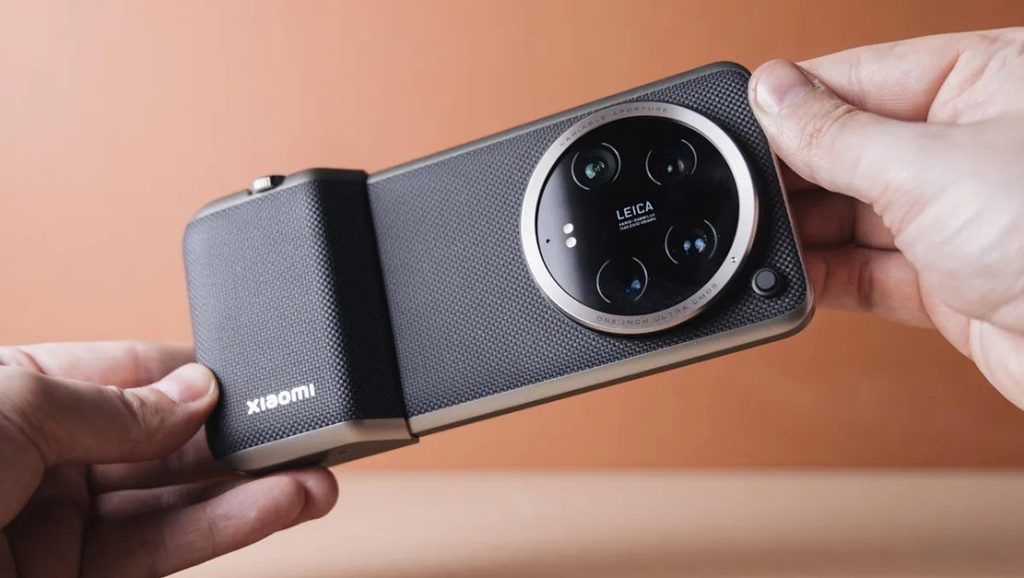
iPhone remains the go-to for professional-grade video, Xiaomi is catching up fast with advanced features, and Pixel carves a niche with creative video tools.
7. Battery Life and Daily Use
After a full day of mixed use (shooting, navigation, social media, and video):
• iPhone 15 Pro Max: About 32% battery left, excellent thermal control.
• Pixel 8 Pro: About 28% left, slightly warm.
• Xiaomi 14 Ultra: About 25% left, Leica mode consumes more power.
All three can comfortably last a day of heavy use, but iPhone leads in thermal and power stability.
Which One Is the Best for Photography Lovers?
• Want realistic images and unmatched video? Go with the iPhone 15 Pro Max
• Prefer cinematic mood and smart AI magic? Choose the Google Pixel 8 Pro
• Looking for ultimate image quality and creative freedom? Pick the Xiaomi 14 Ultra
Each of these flagships has its strengths. The right one for you depends on your preferred style, your system ecosystem of choice, and how much you want to invest in post-editing.
All three phones are available on Amazon, either from the official store or authorized resellers. Watch for deals during Prime Day, Black Friday, or other major sales—it’s worth adding them to your wishlist in advance.
Whether you’re capturing everyday moments or diving deep into visual storytelling, the right camera phone can change how you see and express the world. Don’t hesitate—pick up your phone and start shooting today.
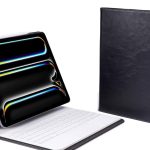
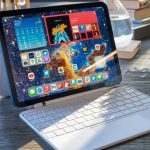
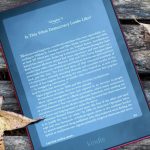

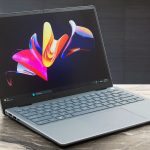

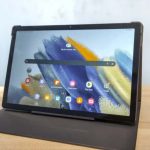
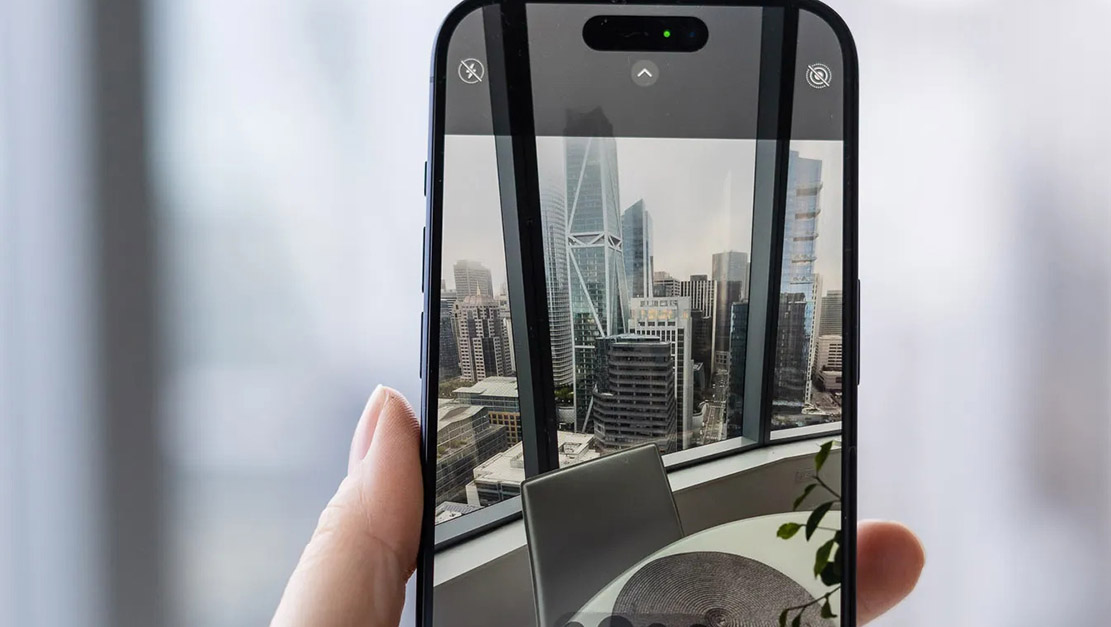
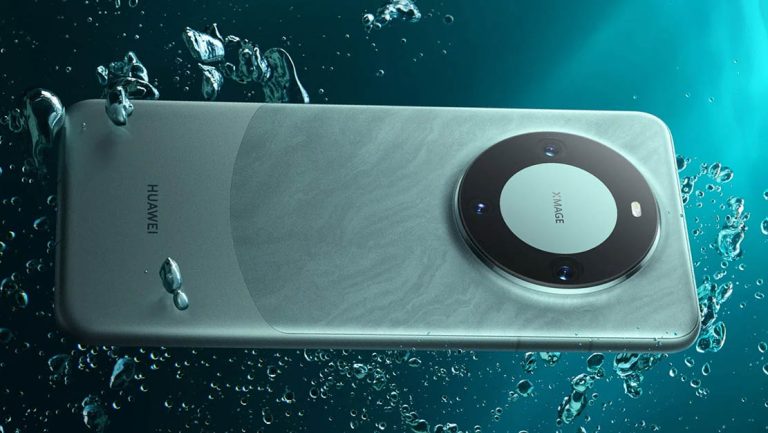
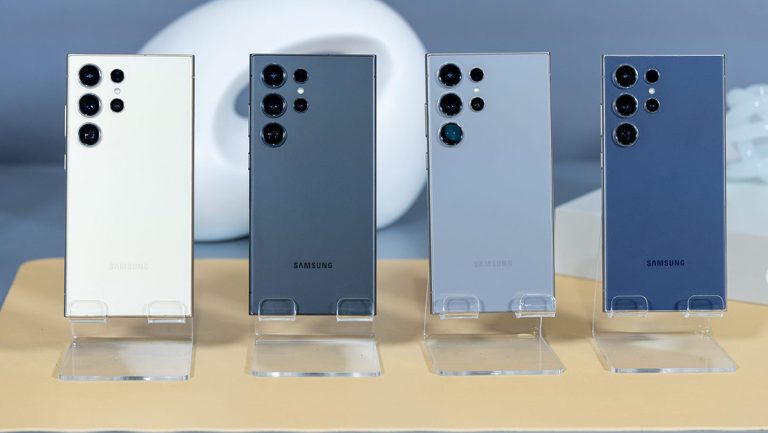

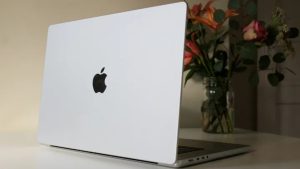

+ There are no comments
Add yours